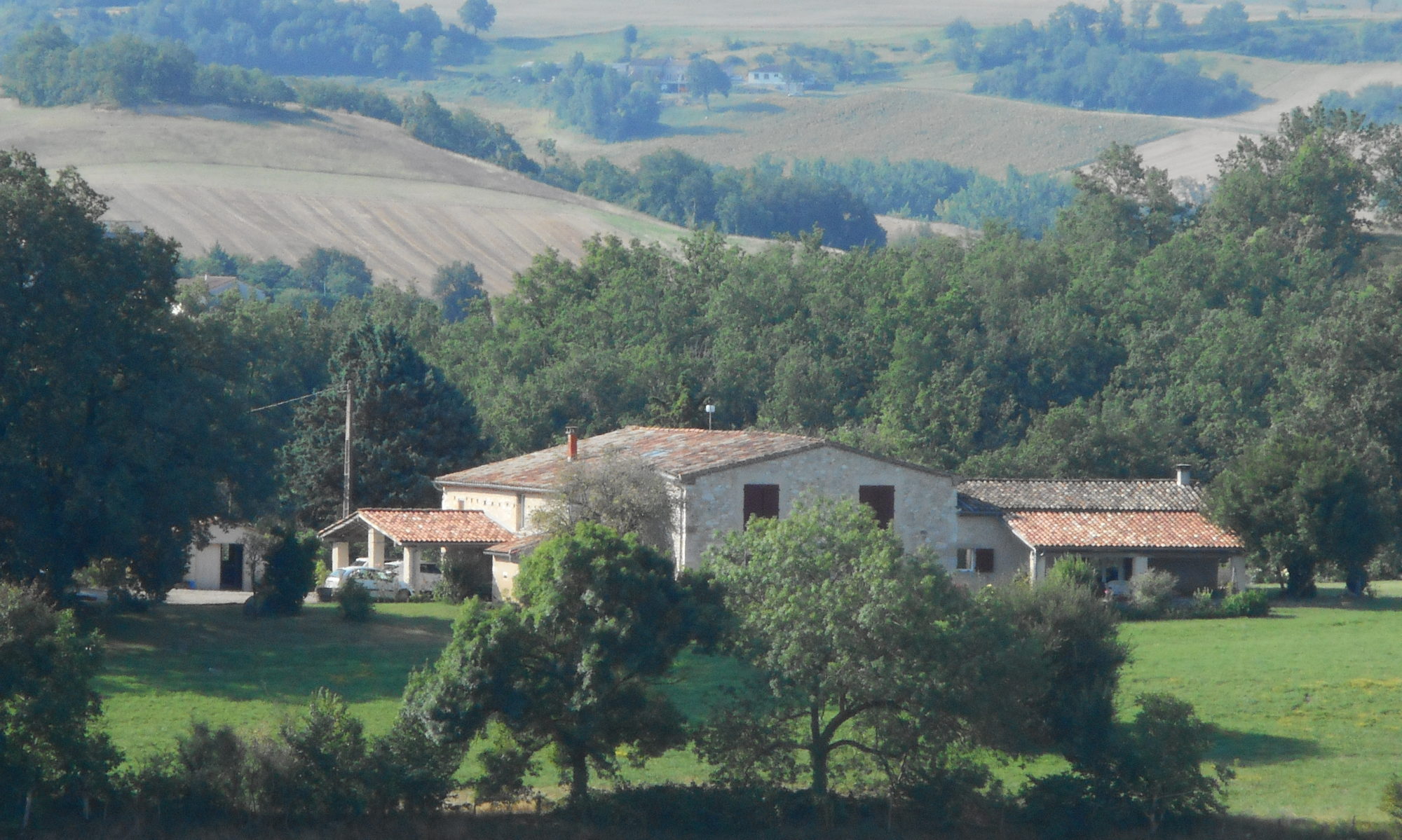Our next hotel is slap bang in the middle of Buchara town and whilst we can not get the coach near there are several young boys who eagerly rush around looking after our bags.





La Jourdinarie our place in France
Steve & Judi's website for all sorts of stuff
























Merv was known as Margiana or Margush in Alexander the Great’s time. Under the Persian Sassanians, it was considered religiously liberal, with significant populations of Christians, Buddhists and Zoroastrians cohabiting peacefully. As a centre of power, culture and civilisation, Merv reached its greatest heights during the peak of the Silk Route in the 11th and 12th centuries, when the Seljuq Turks made it their capital.
Legendary Merv may even have been the inspiration for the tales of Scheherazade’s The Thousand and One Nights.
Merv suffered a number of attacks over the course of its history, but instead of being rebuilt on top of the older ruins, Merv slowly spread west. In total, five cities were constructed next to each other, largely because of the shifting rivers. The oldest section was the Erk Kala and in later centuries most people lived in the vast walled city called Sultan Kala once noted as the largest city in the world.
All of this was completely eradicated in 1221 under the onslaught of the Mongols. In 1218 Genghis Khan demanded a substantial tithe of grain from Merv, along with the pick of the city’s most beautiful young women. The unwise Seljuq response was to slay the tax collectors. In retribution Tolui, the most brutal of Genghis Khan’s sons, arrived three years later at the head of an army, accepted the peaceful surrender of the terrified citizens, and then proceeded to butcher every last one of the city’s inhabitants, an estimated 300, 000 people although this was the low estimate and it could have been closer to 1,000,000. What is know is each Mongol soldier was tasked with killing several hundred people the only people spared were around 400 artisans
Merv made a small comeback in the 15th century and was soon at the centre of a territorial dispute between the rulers of Bukhara, Khiva and Persia. Persian influence eventually won out when a noble named Bairam Ali rebuilt the dam, which allowed the irrigated region to prosper and encouraged free trade. The Emir of Bukhara struck back with military force, captured the city, and utterly destroyed it in 1795.
So as you see little is left of the place apart from some ruined mud buildings and a very large circular mound.
















Traces of human activity dating back to the 4th-2nd millennia BC show that long before the beginning of the Parthian Empire the area of Nisa was already colonized by sedentary populations. It is believed that there was a large settlement there as early as the 1st millennium BCE. Nisa underwent a major development in the mid 3rd century BC, when impressive buildings were erected by the Parthians, who decided to build a royal residence, probably the first of the Parthian dynasty. The name of the site, Mithradatkert, and an indication of the date of its foundation are known from an inscription written on one of the 2,700 administrative ceramics (ostraka) found at Nisa. Mithradatkert means ‘the fortress of Mithidrat,’ referring to King Mithradat I (174-138 BC).
The down side is that is it another place the Mongols did for, and after several thousand years it went the way of many of these ancient places although it is believed that there are lots of things yet to be dug up.
======================











So the great Khwarezmian Empire dissolved in a campaign that lasted less than six months.
Although always ruthless, Genghis Khan was especially vindictive; the great cities of the empire–Bukhara, Samarkand, Herat, Merv and Urgench–were destroyed.
You have never heard of Merv and Urgench because the destruction was that thorough.
(A town in northern Iran became so crowded with refugees from the Mongols that it grew to some prominence: Tehran).
While the Khwarezmian Empire is not remembered, Genghis Khan’s visit there is. It still is studied in military science as the inspiration and prototype of modern mechanized warfare. Blitzkrieg should be a Mongolian word.
So now you know =========================
The photos are not from the original settlement (unsurprisingly)
but from the post Timurid period (there’s that name again)
This is the Turabeg Khanum Mausoleum described in my book as and I quote “One of Central Asia’s most Perfect buildings” a giant calendar, 365
sections, 24 pointed arches 12 large arches and 4 big windows not sure anyone
would have worked this out from what I saw but maybe after renovation it will
return to its former glory.


Gutlug Timur Minaret built 1320’s 59 meters tall (it used to be taller).






